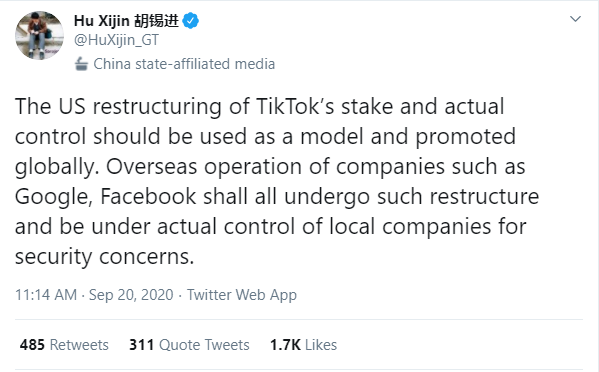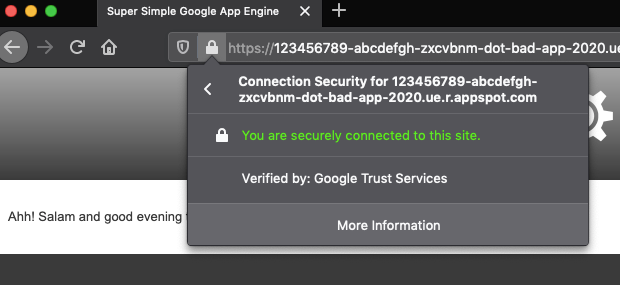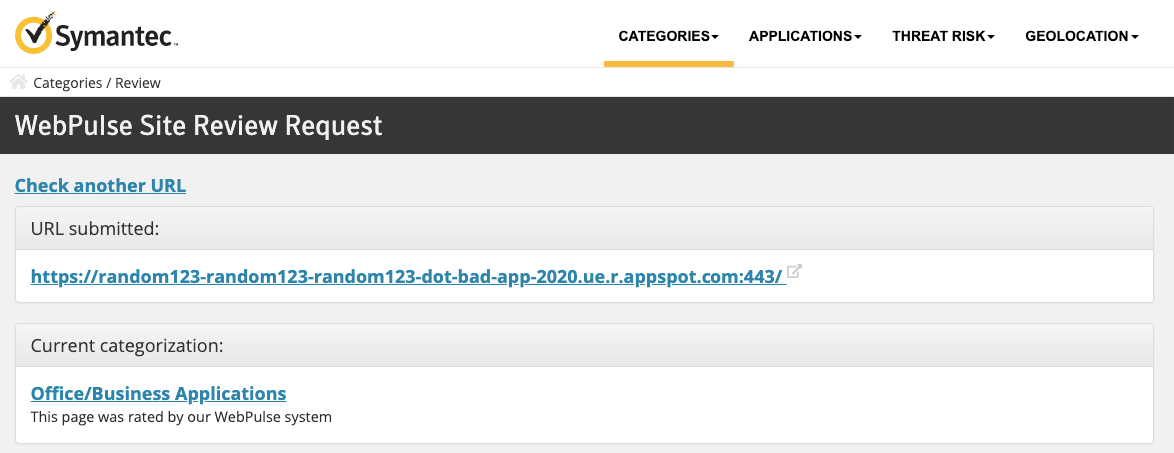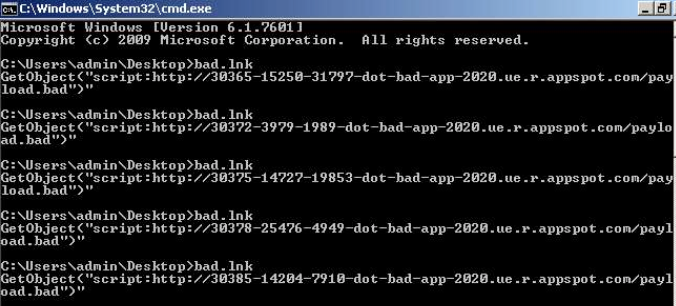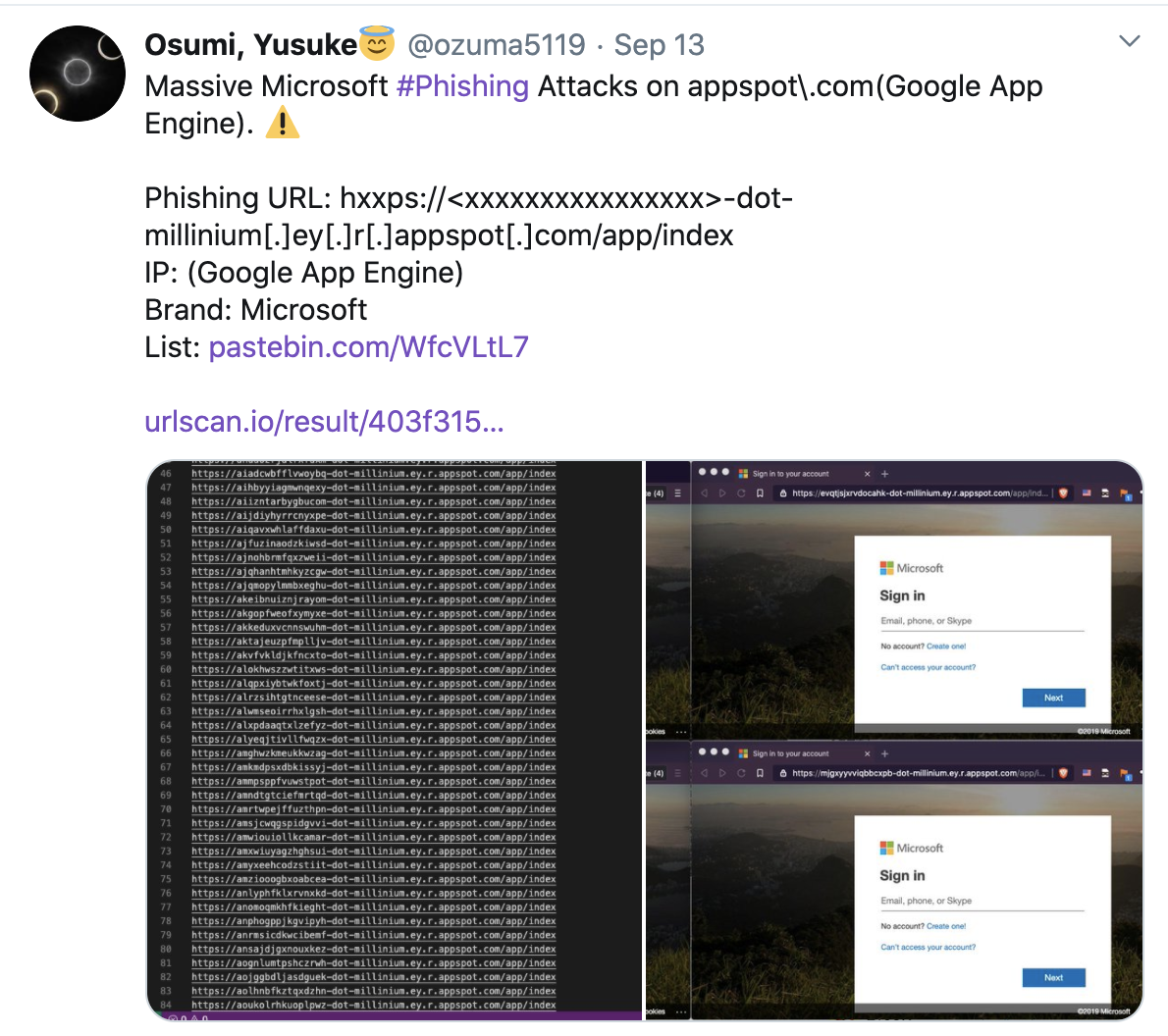To hear many politicians (and, tragically, many academics) tell the story, patents and patent policy are keys to innovation. Indeed, many studies trying to measure innovation use the number of patents as a proxy. For years, we’ve argued that there is little evidence that patents are in any way correlated with innovation. Indeed, in practice, we often see patents get in the way of innovation, rather than being a sign of innovation. If anything, an influx of patents seems to indicate a decline in innovation, because as the saying goes, smart companies innovate, while failed companies litigate. Litigating patents tends to happen when a more established company no longer is able to compete by innovation, and has to bring in the courts to block and stop more nimble competitors.
Indeed, over and over again we seem to see the most innovative companies eschewing the anti-competitive powers that patents give them. I was reminded of this recently with the announcement that payments company Square had agreed to put all of its crypto patents into a new non-profit called the Crypto Open Patent Alliance to help fight off the unfortunate number of crypto patent trolls that are showing up.
Square is putting all of our crypto patents into a new non-profit org we’re calling the Crypto Open Patent Alliance, which will maintain a shared patent library to help the crypto community defend against patent aggressors and trolls. Join us! #bitcoinhttps://t.co/I9VopgtMz9
— jack (@jack) September 10, 2020
Of course, we see this throughout the companies generally considered to be the most innovative. A decade ago, Twitter came up with a very clever Innovator’s Patent Agreement, which effectively would block patent trolls from ever being able to use Twitter’s patents, should they somehow fall into trollish hands. A bunch of other top internet companies including Google, Dropbox, Asana, and Newegg launched the License on Transfer network, as a basic poison pill to, again, stop patent trolls.
And, most famously, Elon Musk flat out gave away Tesla’s patents and encouraged anyone else to use them to compete with Tesla, license-free.
If patents really were so vital to innovation, why would all of these innovative companies be so quick to give them up? And why is it so incredibly rare that any of them assert patents against competitors? Instead, so much of the patent litigation we see is against those innovative companies coming from a variety of patent trolls (frequently lawyers who never innovated at all) or also ran companies which may have been innovative in the past but have long since seen their innovative days in the rearview mirror.
It would be nice if policymakers, the media, and academics finally started recognizing the idea that patents are not just a bad proxy for actual innovation, but often antithetical to innovation, and we can see all the evidence we need for that in the fact that the most innovative companies are “devaluing” in their own patents to improve the ecosystem, rather than enforce those patents.
Not only that, but there are whole industries that would be nowhere if patents were enforced rigidly, such as the fashion industry and computer programming.

